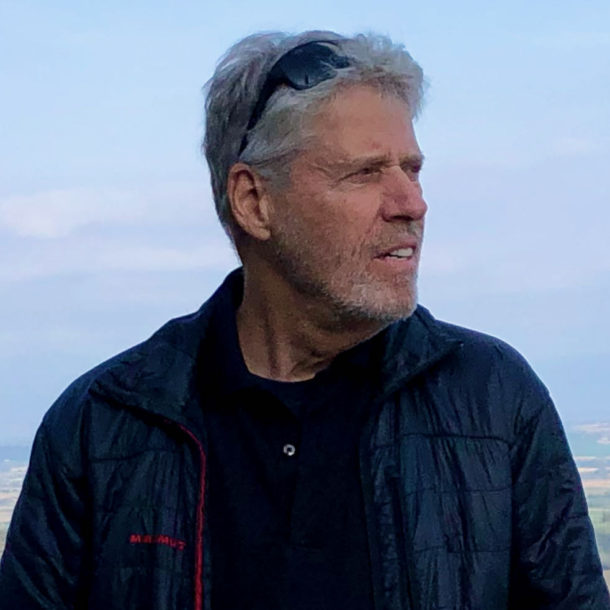
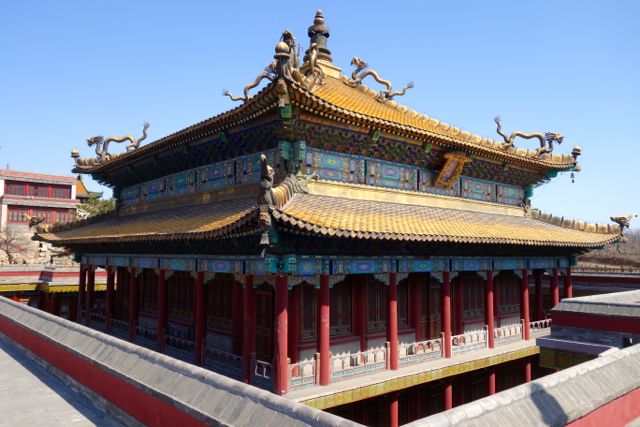
Chengde gets so little respect that spell-check keeps telling me I have simply spelled Chengdu wrong. It is time for that to change. Starting here. So what are the rock stars of the Chengde (Hebei Province) region?
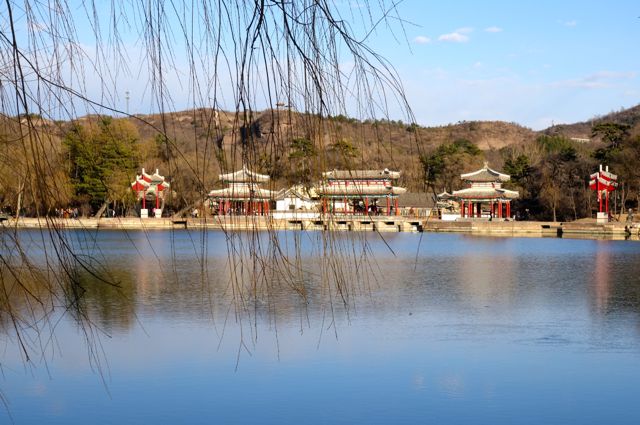
Chengde Mountain Resort
This area is the largest imperial palace-garden and temple in all of China. Yes, there is the Summer Palace on the outskirts of Beijing, but this resort was built 300 years ago to escape the Beijing heat and provide a hunting grounds. Emperors of the Qing dynasty not only used the resort as a retreat, but also received diplomats from foreign countries here.
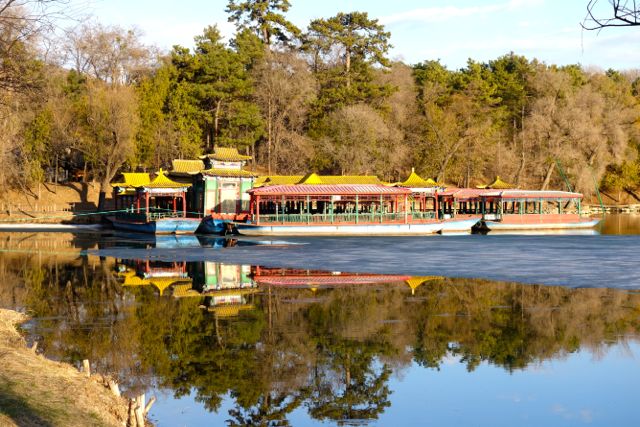
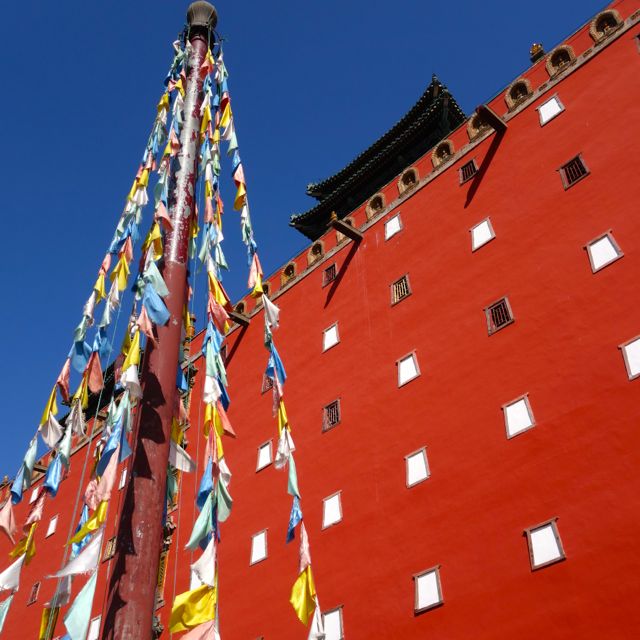
Outlying Temples
Some of the 12 outlying temples recognized by UNESCO were built in the styles of ethnic minorities. This was done to foster relations with China’s many minorities.
Most notable is Putuo Zongchengzhi, modeled after the Tibetan Potala Palace in Lhasa. It is the largest temple, covering some 220,000 square kilometers. Its Tibetan style is immediately noticeable.
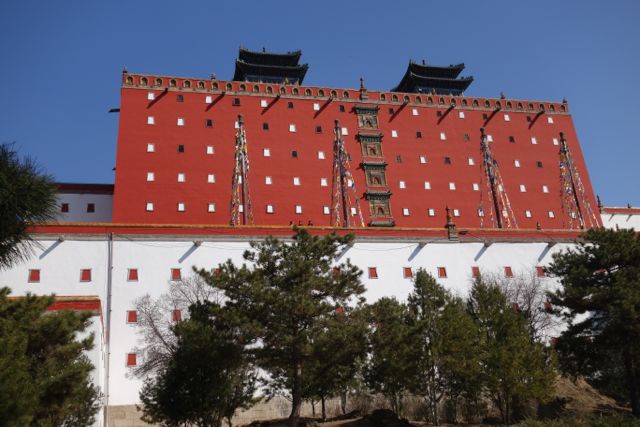
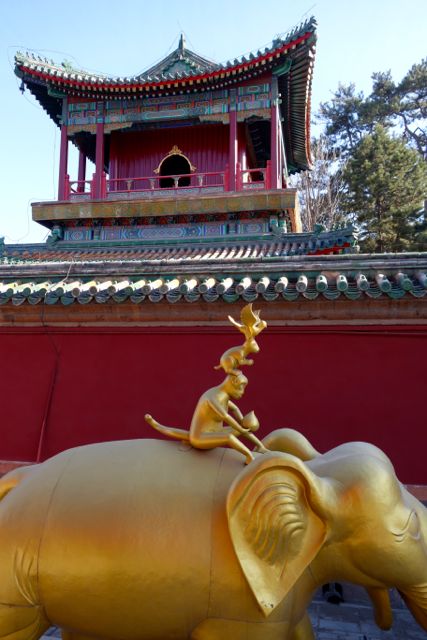
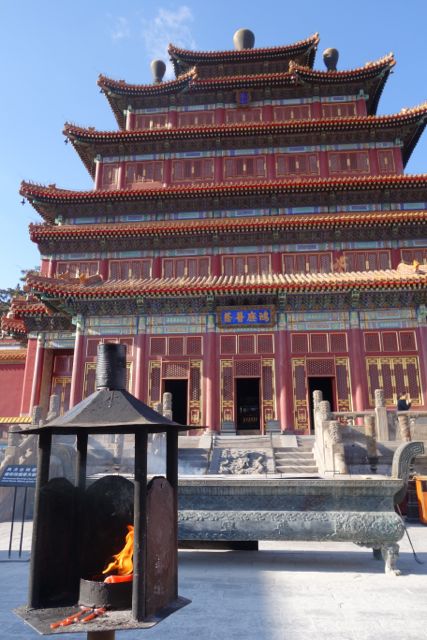
The city of Chengde
Chengde may be home to the Mountain Resort and Outlying Temples from the 1700s, but it is also a fast-growing, modern metropolis, like so many other Chinese cities. In 2016, it is reached primarily by a modern superhighway, about 3+ hours by bus or car from Beijing.
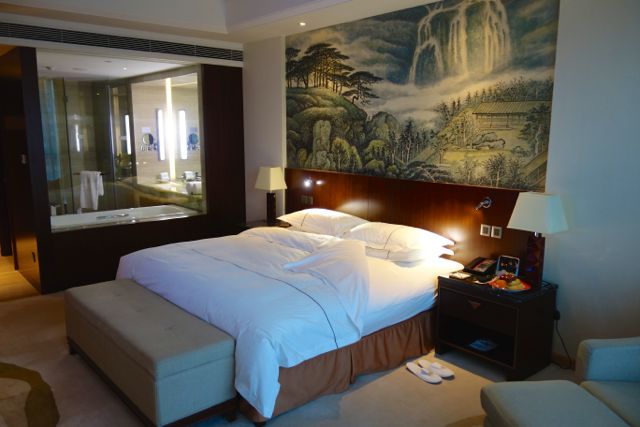
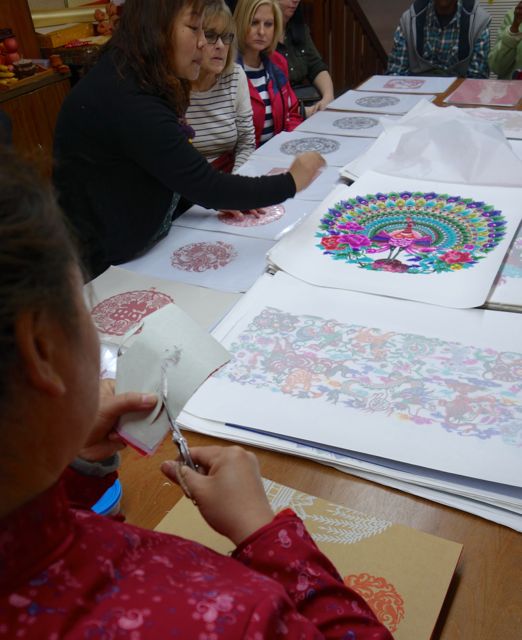
Gateway to Jinshanling Great Wall
Just over an hour southwest from Chengde (and on the way to Beijing) lies the Jinshanling section of the Great Wall of China. It is one of my favorite sections – well preserved, part restored, part wild. It’s generally uncrowded, due to being more remote from Beijing than Badaling, Mutianyu, etc. And people of all ages can hike this section.
You can learn more about this region in my post about U.S.-China Tourism. Now that the secret is out, does Chengde sound like a place you would want to visit? Feel free to comment at the bottom of this post.
What’s upscale?
Original large Chinese paper cuts are exquisite unique gifts for friends and family – I suggest lunar birth animals. They are also lightweight and easy to transport.
What’s budget?
Admission fees to these UNESCO attractions are reasonable, between US$10-20 and Jinshanling Great Wall tickets are even less.


